All My Life (1966)
Gênero : Música
Runtime : 3M
Director : Bruce Baillie
Sinopse
The film is made up of one single take. The camera pans to the left, focusing on a dilapidated fence in a rural field, as Ella Fitzgerald's "All My Life" plays on the soundtrack. At the end of the 3 minute film, the camera tilts up to the blue sky just as the song ends.

A assistente social está chegando à casa do Gru para verificar se ela é adequada para crianças. Margo, Edith, Agnes e os Minions decidem fazer uma reforma na casa para torna-la segura para crianças e assim evitar a volta ao orfanato.
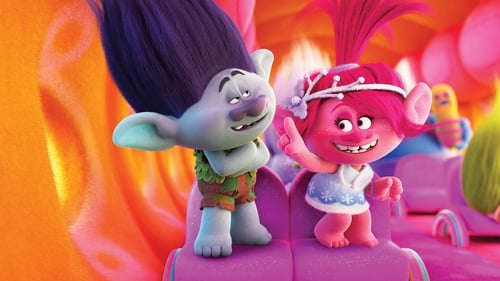
Quando descobre que os Bergens não têm mais feriados em seu calendário, a eternamente otimista Poppy, rainha dos Trolls, procura o auxílio de Branch e de toda a turma em uma missão deliciosamente estranha de consertar algo que os Bergens nem acham que está ruim! A música não para nunca com Trolls Dias de Festa da DreamWorks!
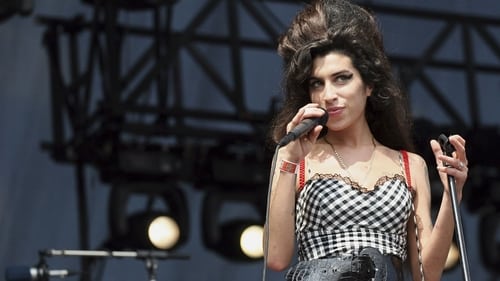
Ainda adolescente, Amy Winehouse já demonstrava para a família o talento vocal que possuía. Aos 18 anos ela já fazia shows na Inglaterra e, com o tempo, passou a ganhar fama. O sucesso do álbum "Back to Black" a tornou uma celebridade mundial, mas também fez com que seus problemas com álcool e drogas aumentassem exponencialmente.
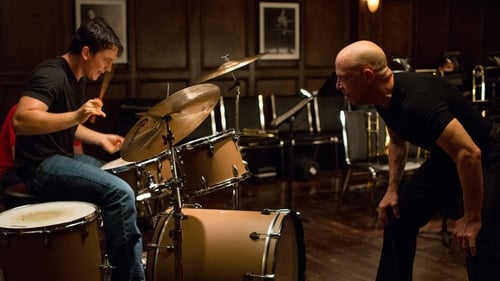
Sob a direção do impiedoso professor Terence Fletcher, Andrew Neiman, um jovem e talentoso baterista, procura a perfeição a qualquer custo, mesmo que isso signifique perder a sua humanidade.
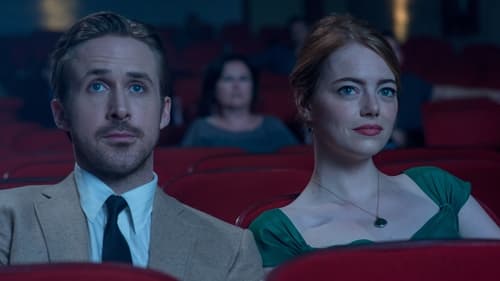
Ao chegar a Los Angeles, Sebastian o pianista de jazz conhece a principiante atriz Mia e do inesperado, apaixonam-se intensamente. À procura de oportunidades para as suas carreiras na competitiva cidade, os jovens vivem na esperança que o seu relacionamento funcione na perfeição.
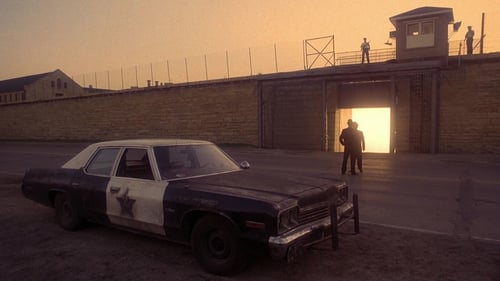
Após deixar a cadeia Jake reencontra seu irmão Elwood e juntos vão para o orfanato onde foram criados. Lá eles descobrem que o local será fechado se uma dívida de US$ 5 mil com a prefeitura não for paga. Como a freira que dirige o orfanato não aceita de forma alguma dinheiro ganho desonestamente, Jake e Elwood decidem por retomar a The Blues Brothers Band, na intenção de realizar um grande show e arrecadar a quantia necessária para pagar a dívida.
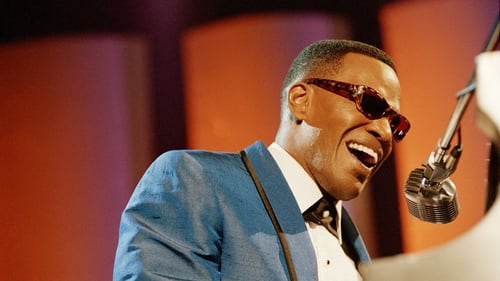
Em 1932 Ray Charles (Jamie Foxx) nasce em Albany, uma pequena e pobre cidade do estado da Georgia. Ray fica cego aos 7 anos, logo após testemunhar a morte acidental de seu irmão mais novo. Inspirado por uma dedicada mãe independente, que insiste que ele deve fazer seu próprio caminho no mundo, Ray encontrou seu dom em um teclado de piano. Fazendo um circuito através do sudeste, ele ganha reputação. Sua fama explode mundialmente quando, pioneiramente, incorpora o gospel , country e jazz, gerando um estilo inimitável. Ao revolucionar o modo como as pessoas apreciam música, ele simultaneamente luta conta a segregação racial em casas noturnas que o lançaram como artista. Mas sua vida não está marcada só por conquistas, pois sua vida pessoal e profissional é afetada ao se tornar um viciado em heroína.
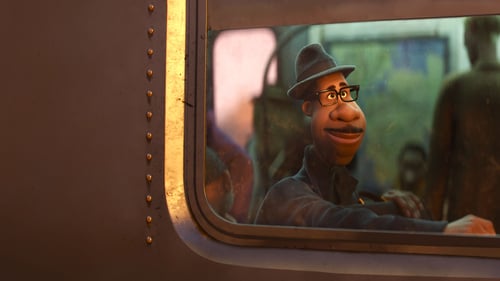
Joe Gardner é um professor de música de ensino fundamental desanimado por não conseguir alcançar seu sonho de tocar no lendário clube de jazz The Blue Note, em Nova York. Quando um acidente o transporta para fora do seu corpo, fazendo com que ele exista em outra realidade na forma de sua alma, ele se vê forçado a embarcar em uma aventura ao lado da alma de uma criança que ainda está aprendendo sobre si, para aprender o que é necessário para retomar sua vida.
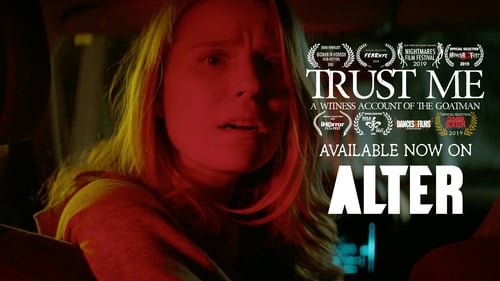
A folk horror movie about a woman who follows her boyfriend into the woods for a romantic surprise only to find something far more sinister. Inspired by thousands of witness accounts documenting the ongoing phenomenon of a certain species of shape-shifting creature in the forests of North America.

Mia recounts her most intimate confessions, uncensored, in her first approach to a totally new world of domination and submission.
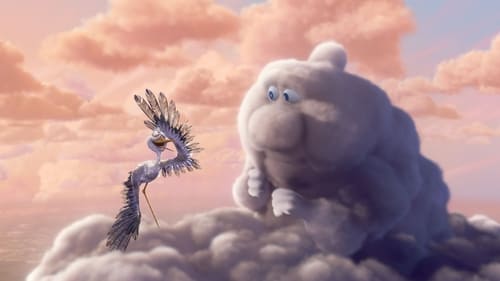
Gus é uma nuvem cinzenta solitária e insegura que esculpe filhotes. Cada nuvem é responsável por esculpir um tipo de filhote, como de cachorro, gato ou bebê humano. Após esculpidos, as nuvens passam os filhotes para sua cegonha, que entrega para os futuros pais. O problema é que os bebês que Gus é responsável por esculpir, diferente de outras nuvens, são um tanto perigosos, como crocodilos, porcos-espinhos, entre outros. E a cegonha Peck, companheiro inseparável de Gus, é quem lida com a entrega desses filhotes. As criações de Gus são verdadeiras obras de arte, mas para Peck não são mais que um punhado de entregas. Á medida que as criações de Gus ficam mais “indisciplinadas”, o trabalho de Peck fica mais difícil. Como a cegonha vai lidar com o seu trabalho pavoroso e o temperamento de seu amigo Gus ao mesmo tempo? Faz parte da Coleção Pixar Curtas 02.

A documentary following young Anishinaabe water activist Autumn Peltier as she travels to the UN to preserve the future of Indigenous communities.

Após o mundo ser afetado com um vírus e o distanciamento social passar a ser uma realidade, três amigos começam a fazer ligações semanais para manter contato, porém tudo começa a ficar estranho quando um deles tem uma mudança brusca de personalidade.
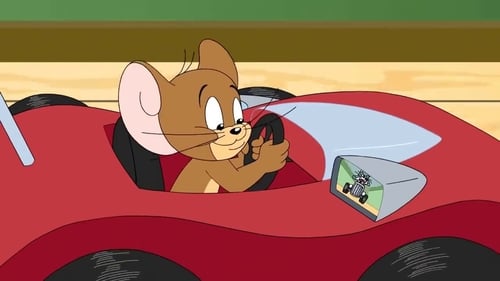
Tom e Jerry entram em uma competição de carros chamada de "Super Corrida" em busca do grande prêmio: uma maravilhosa mansão de sonhos. Pilotando carros envenenados que se adaptam a qualquer superfície (terra, mar ou ar) eles competirão pelo mundo, passando por cidades e locais famosos, deixando caos pelo caminho.
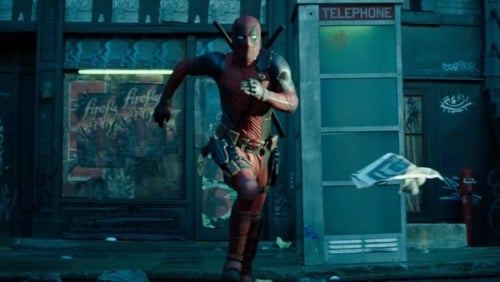
Deadpool sees an opportunity to save the day, but it doesn't go entirely as planned.

A kid begs to stay home while his older sister runs to the store. After she leaves, he wishes he would have gone because he doesn’t feel comfortable being at home in the dark as strange things start to happen...
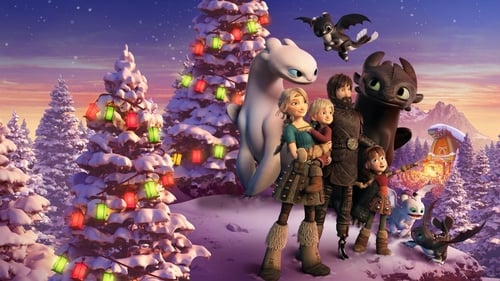
Se passando logo antes do emocionante epílogo do último capítulo da trilogia de filmes – e 10 anos depois do final de “Como Treinar o Seu Dragão 3” – “Como Treinar o Seu Dragão: Homecoming” começa com Soluço e Banguela compartilhando histórias de sua relação especial com suas respectivas famílias enquanto elas se preparam para o Festival Snoggletog.

A very old woman wants to have dinner with her friends. As they are all dead, the butler has to play the role of every guest.
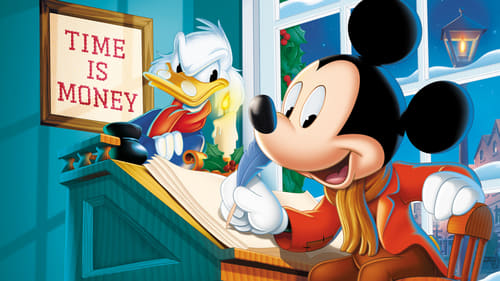
O curta conta com Tio Patinhas no papel de Ebenezer Scrooge, um velho egoísta e avarento que não tinha limites para sua ganância e desprezava sentimentos como amor, amizade e generosidade. Até que, em uma véspera de Natal, ele foi visitado pelos Três Fantasmas do Natal, que o fizeram compreender qual seria o seu destino final se ele não mudasse seus atos.

Adebar is the first of Peter Kubelka's 'metric films', in which every element of the composition is precisely ordered and in relation to the gestalt. The film is made up of single units---13, 26 and 52 frames long---which are subjected to a complex rule-system, including a strict use of positive and negative space, that determines their structure within the film.

Ao som de "Dream Lover" do grupo musical The Paris Sisters, um jovem loiro em jeans apertados lustra seu carro cuidadosamente.

Kren frames the image to suggest a proscenium, with a view to the harbor that conveys a literal sense of “tele-vision”. The static framing of the image and the clearly stratified mise-en-scène can hardly provoke interpretation. The sight of the girls does so all the more. Kren, the gentle voyeur - who turns the viewer into a secret accomplice - observes three teenagers, and probably like them, awaits a rendezvous. (Thomas Trummer)

In 1957, Peter Kubelka was hired to make a short commercial for Schwechater beer. The beer company undoubtedly thought they were commissioning a film that would help them sell their beers; Kubelka had other ideas. He shot his film with a camera that did not even have a viewer, simply pointing it in the general direction of the action. He then took many months to edit his footage, while the company fumed and demanded a finished product. Finally he submitted a film, 90 seconds long, that featured extremely rapid cutting (cutting at the limits of most viewers' perception) between images washed out almost to the point of abstraction — in black-and-white positive and negative and with red tint — of dimly visible people drinking beer and of the froth of beer seen in a fully abstract pattern.

Animated shapes dance to Cuban music. This was one of the first animations to be painted directly onto the film.

Rainbow Dance is a 1936 British animated film released by the GPO Film Unit. This is Lye's second film. It uses the Gasparcolor process.

James Whitney’s Lapis (1966) is a classic work of abstract cinema, a 10-minute animation that took three years to create using primitive computer equipment. In this piece smaller circles oscillate in and out in an array of colors resembling a kaleidoscope while being accompanied with Indian sitar music. The patterns become hypnotic and trance inducing. This work clearly correlates the auditory and the visual and is a wonderful example of the concept of synaesthesia.

100 basic images switching positions for 4000 frames.

At the center are takes which do not change - a tree in a field in Vermont, U.S.A. Since the film was shot over a period of fifty days, the single frame shots create a storm of pictures.

A Japanese fairy tale meets commedia dell'Arte. All in white, the naïf Pierrot lies in a wood. Doo-wop music plays as he rises, stares about, and reaches for the moon. Although music abounds and the children of the wood are there at play, Pierrot is melancholy and alone. Harlequin appears, brimming with confidence and energy. He conjures the lovely Colombina. Pierrot is dazzled. But can the course of true love run smooth?
Filmed in France in 1950, it was not completed nor released until 1971

An experimental film, the last in Peter Kubelka's trilogy of “metric films”. Each frame of Arnulf Rainer is composed of darkness or light and silence or sound.

An abstract film in which every motion of coloured shapes is in strict synchronization with music

Iniciado em 1958 e concluído em 1979, Len Lye criou este curta animado em preto e branco desenhando diretamente no rolo de filme. As “figuras em movimento” resultantes dançam ao som da música da tribo africana Baguirmi.

Shot over a period of three years. Marie Menken photographed New York window displays during the Christmas holiday. In order to avoid foot and street traffic interrupting the shots, Menken filmed from midnight to 1:00 in the morning, but had to keep the camera under her coat to keep it from freezing.

Intended as a publicity film for Chrysler, Rhythm uses rapid editing to speed up the assembly of a car, synchronizing it to African drum music. The sponsor was horrified by the music and suspicious of the way a worker was shown winking at the camera; although Rhythm won first prize at a New York advertising festival, it was disqualified because Chrysler had never given it a television screening. P. Adams Sitney wrote, “Although his reputation has been sustained by the invention of direct painting on film, Lye deserves equal credit as one of the great masters of montage.” And in Film Culture, Jonas Mekas said to Peter Kubelka, “Have you seen Len Lye’s 50-second automobile commercial? Nothing happens there…except that it’s filled with some kind of secret action of cinema.” - Harvard Film Archive

Trade Tattoo went even further than Rainbow Dance in its manipulation of the Gasparcolor process. The original black and white footage consisted of outtakes from GPO Film Unit documentaries such as Night Mail. Lye transformed this footage in what has been described as the most intricate job of film printing and color grading ever attempted. Animated words and patterns combine with the live-action footage to create images as complex and multi-layered as a Cubist painting. Music was provided by the Cuban Lecuona Band. With its dynamic rhythms, the film seeks (in Lye’s words) to convey “a romanticism about the work of the everyday in all walks of life."

The human eye, the human form, the human face: these are the three central images of this avant-garde collage and kaleidoscope of shifting and fractured images, changing colors, and pulsing rhythms. Near the end, a tree appears briefly, and birds fly - first white, then red and blue. Celtic knots morph from one to another. The images become Rorschach tests although the mood, driven by the rapid changing images and the soundtrack, remains frantic.

Durante um feriado de verão em Orkney, norte da Escócia, Margaret Tait constrói um retrato carinhoso e bem-humorado de sua mãe, Ga.

Filmed at the Alhambra in Spain in just one day, according to Marie Menken. Arabesque for Kenneth Anger concentrates on visual details found in Moorish architecture and in ancient Spanish tile. The date 1961 refers to the addition of Teiji Ito's soundtrack and its subsequent completion, but the film was likely shot in 1960 or earlier. - David Lewis

A free flow from photography to geometric abstraction hand-painted by Breer. - Harvard Film Archive






























